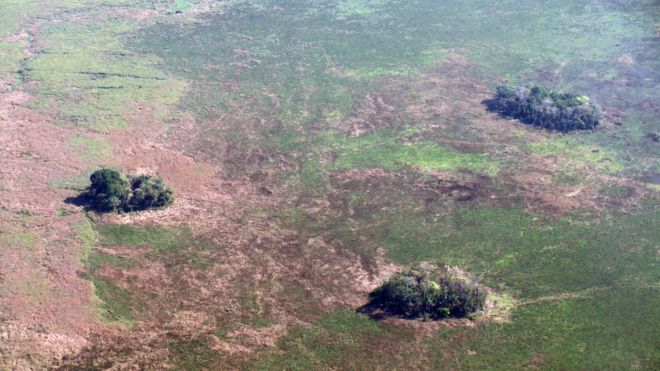One of the big trends in the past two decades has been the dramatic rise in solar and wind power. This is generally good news for the planet, and pretty much for everybody except fossil fuel holders. But we have a long, long way to go.
The trends we have seen have been about new developments, which have been dominated by renewable energy projects. This is a very important statistic, because it means that solar and wind are economically competitive with fossil fuels, and if these trends continue, renewables will certainly take over entirely—someday.
But a report from the Ember think tank indicates that in the big bounce back from the pandemic, all sources of energy surged, including coal and other fuels [1]. Their data shows renewables are still a small fraction of all electricity production (not to mention transportation and other uses).
The data does indicate record high renewable electricity production, in fact 10% of the total. Given that this was far less than 1% at the turn of the century, this is indeed a huge increase. And with the trends in new installations, the proportion of renewables will certainly increase in coming years.
There are several important points to note here.
First, we should note that this is an unusual year, featuring a very rapid recovery from a pandemic induced collapse. Consumption of everything leaped, pulling electricity from every source available. It is likely that some of the coal production is from older plants that are marginally economical. If and when growth slows, older plants, mainly fossil fueled, will shutdown first.
Second, obviously, and despite the headlines 10% is not that much. A lot more than ever before, yes. But not enough to make that much difference, and not much to brag about. And as electricity consumption continues to grow rapidly, overall emissions have increased even as clean sources come on line. There is much more to do.
On the other hand, it is clear that if recent trends continue, the proportion of energy produce from renewables should increase steadily. As far as I know, the underlying economics still favors renewable energy, and even in the absence of policy support. It’s just economics: fuel isn’t cheap, sunlight is.
The Ember study projects that current trends could get renewables to more than a third of production by 2030, and if trends persist, could get new 100% by 2050. That’s a lot of ifs, but it is at least possible.
Finally, it is important to remember that electricity production is only part of the story. In fact, it is one of the easier nuts to crack, because it is dominated by large centralized systems with long lifetimes and intense planning.
Reducing emissions from transportation and other uses is harder. And reducing emissions from agriculture is going to be really hard. These are far more decentralized and have much different patterns of investments.
We might also note that renewable energy production itself has costs (e.g., this, this, this), and we’ll be seeing them become important as production grows.
So there is good news here. But we are no where near OK yet.
- Dave Jones, Global Electricity Review 2022. Ember, London, 2022. https://ember-climate.org/insights/research/global-electricity-review-2022/
- Matt McGrath, Climate change: Wind and solar reach milestone as demand surges, in BBC News – Science & Environment, March 30, 2022. https://www.bbc.com/news/science-environment-60917445



